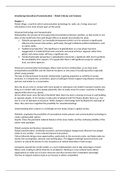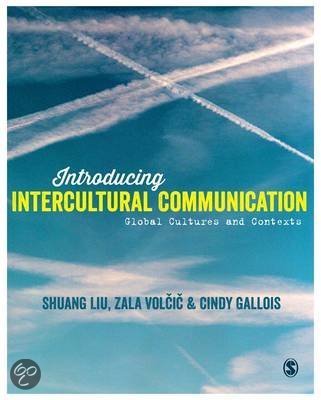Samenvatting
Summary Introducing Intercultural Communication - Global Cultures and Contexts
- Instelling
- Radboud Universiteit Nijmegen (RU)
A summary of Shuang Liu, Zala Volcic & Cindy Gallois - Introducing Intercultural Communication. Used in IBC - Radboud University - Intercultural Communication
[Meer zien]





